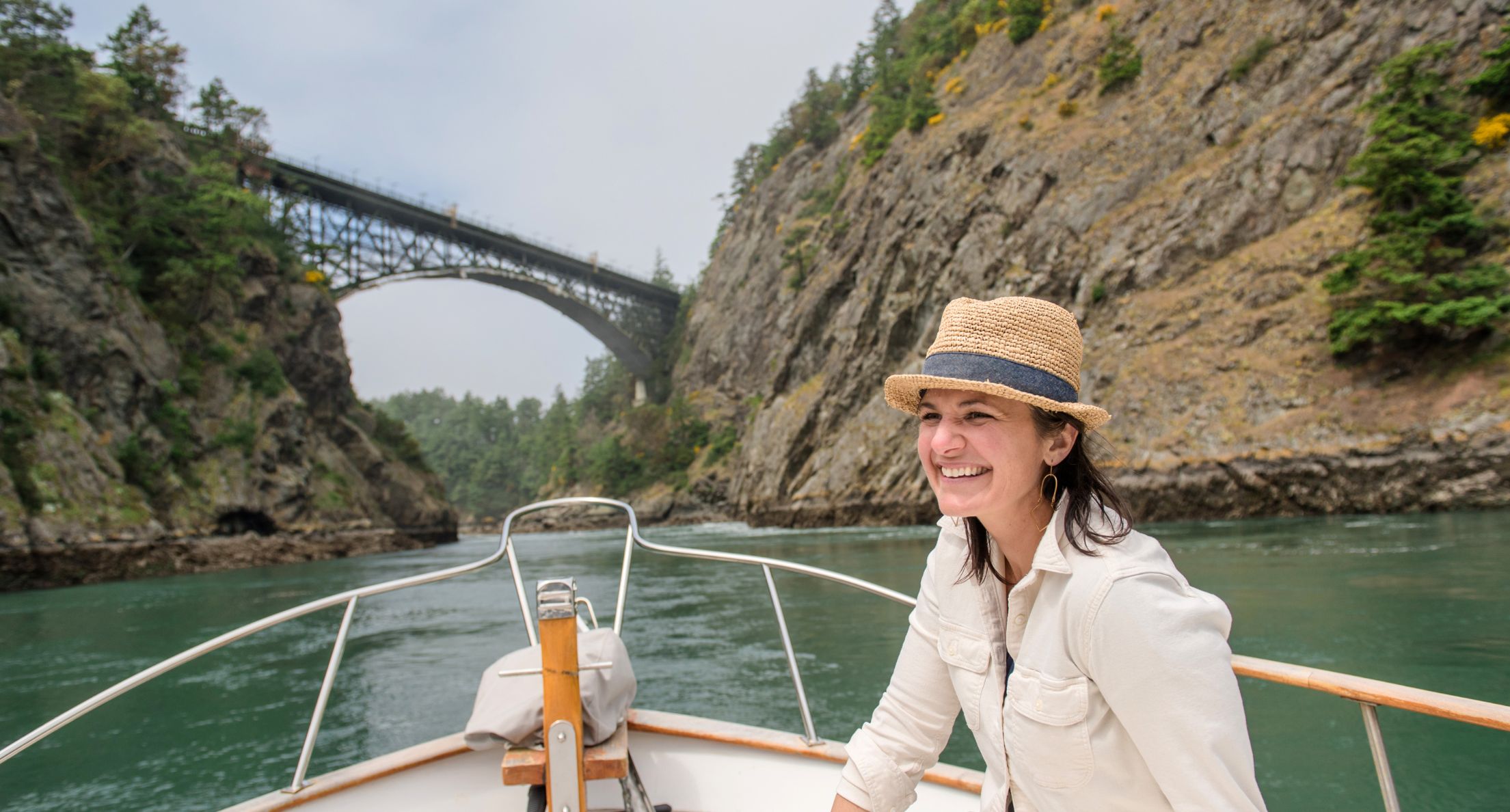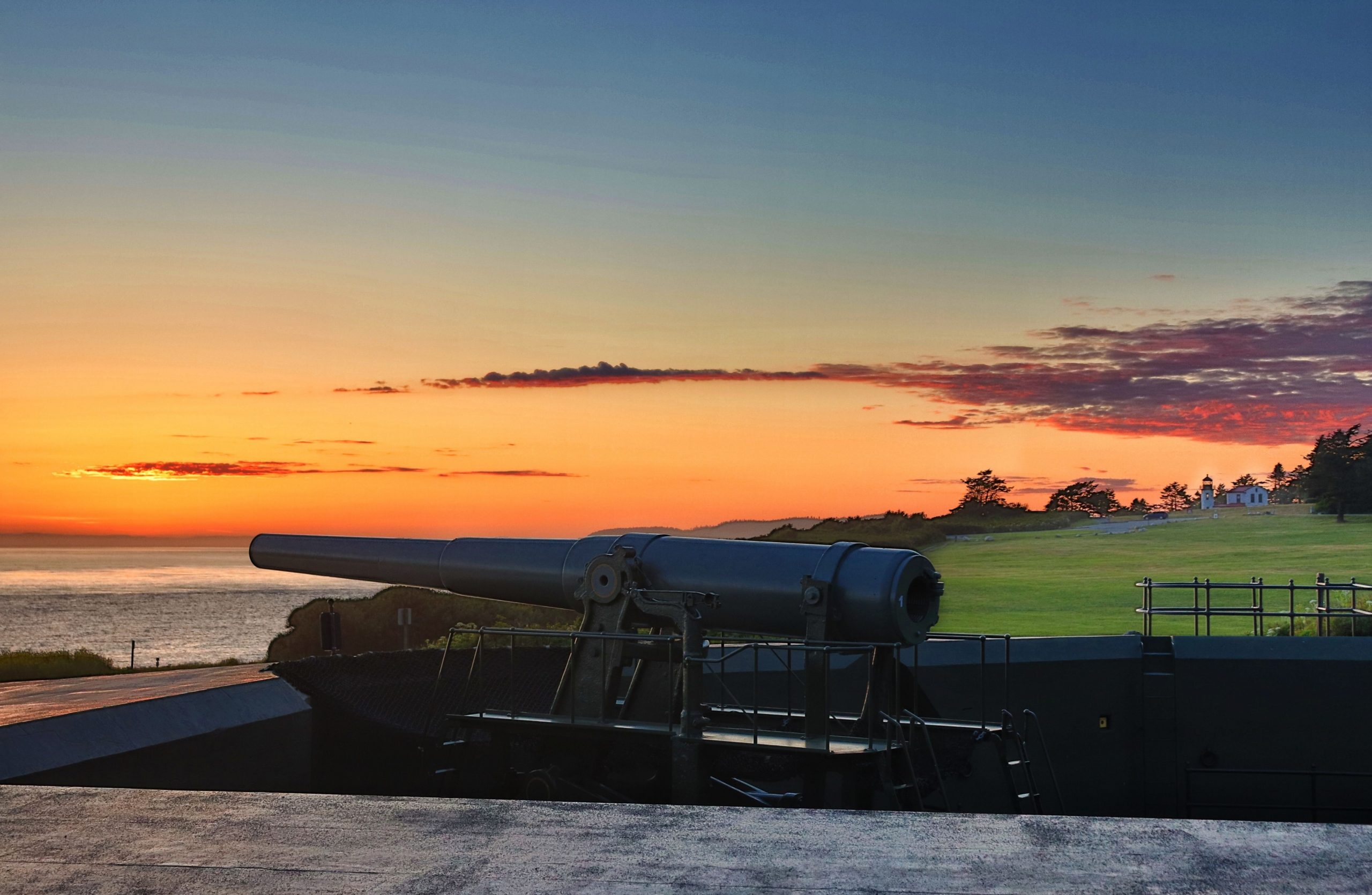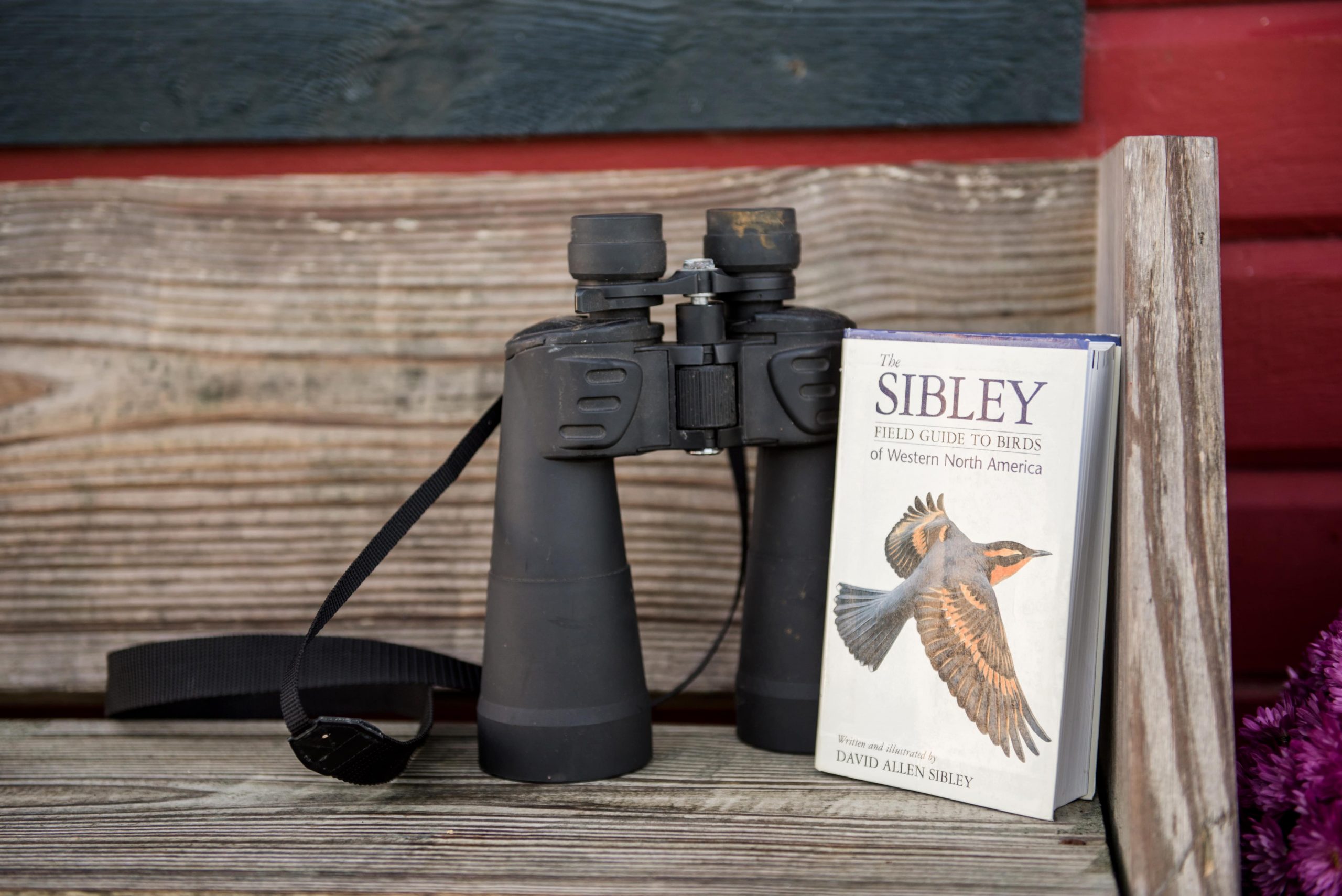Our Three Gateways

Whidbey is an island. Fortunately, while many may appreciate our natural moat, life here is much easier because we have many threads to tie us to the mainland, and the mainland to us. If you move here you will need to add the bridge and ferries to your conversation starters because everyone has used them and has a story about them. Keep reading to learn about our three gateways.
Ah, but not everyone. Some people were born here and haven’t found a reason to leave because we have everything we need – almost all of which came by truck. Of course, babes and toddlers may be the only people who haven’t had the time to consider traffic.
Our Three Gateways
For everyone else, there are three main avenues: Deception Pass Bridge to Skagit County, the Coupeville Ferry to Jefferson County and the Olympic Peninsula, and the Clinton Ferry to Seattle and its suburbs. Few use them all. Commuters have well-practiced habits, making daily round trips via their preferred path. They know the prime times to miss the worst traffic, or at least how long it is going to take them to get to work. Assuming…
Driving to and from the island has assumptions and asterisks
Deception Pass Bridge is narrow, is in a beautiful park with windy roads, and tourists. Oh yeah, and winds. Windy roads and winds are an interesting combination that means gawkers may slow down to see the show, or are cringing as they drive across the tall gap as the road leaps between each island. Winds can slow trucks, and sometimes even topple high-light loads. The bonus of the bridge: it is free.
The Clinton Ferry
The Clinton Ferry is an option, for a fee. It is the second most trafficked route in the Washington State Ferry system, which is the largest ferry system in the U.S. They run the route every half-hour. Even with that, the boats can only cram so many cars onboard. Depending on the boat, many max out at 144 cars.
Check the signs as you approach Clinton. The ferry system posted signs along the ferry line, so you know if the wait is an hour or so. Wait time isn’t usually an issue. However, the line coming onto the island on a Friday in August can be three hours, and the same on Sunday as tourists finish their visit. On occasion there are wait times due to equipment issues, or lack of enough crew (want to work on a boat?). It is a commuter route, so it starts early and runs late, but don’t expect 24-hour service. Be glad that it runs in almost all weather.
Check out the WSDOT Ferry website to get a sense of how packed the ferry might be.
The Coupeville Ferry
All-weather does not describe the route from Coupeville to Port Townsend and back. On glass-smooth days, it can be one of the prettiest routes in the fleet. Whidbey in the east, though actually a bit north, and the Olympics in the west, though a bit south. Almost every ocean-going vessel heading to Puget Sound’s ports passes through, giving riders a plethora of views. Views of cruise ships, aircraft carriers, container ships, and even the occasional mega-yacht. The other thing that passes through that passage is over three-quarters of the tidal waters that flow in and out of the Sound several times a day. Making it tricky at times especially when the weather is not ideal. The west side of Whidbey has no deep-water harbors. The spot they use is narrow, shallow, and bordered by tidal currents strong enough to raise whitewater-style waves, and tides low enough to ground a less-well-designed ferry. Throw in some wind and white caps and see why that route is one of the most likely to have to cancel for safety’s sake.
By the way, both ferries can also deliver the treat of slowing to watch the whales go by. As one ferry worker noted, whale-watching boats charge a lot more for that experience. On the ferry, there is no extra charge.
Does that all sound too troublesome?
The reality is that it is all manageable because they all work more than well enough to sustain the communities of Whidbey Island.
There are alternative options to reduce your commute
Work from home and shorten your commute dramatically. Carpool and let someone else do the driving. Buses and carpools are busy for various reasons, one incentive is getting to avoid the ferry lines. Check out Island Transit here for what they have to offer.
That’s not all. It is only fair to acknowledge the Navy’s air facilities and a scattering of local airfields. Got a plane? Want to charter one? Watch the low-flying skies and see floatplanes making custom stops at residents’ docks and beaches. (Check with those companies for which sites are workable.) A couple to look at are Kenmore Air and DeLaurentis Airport.
Thinking about the water, Whidbey’s public marinas and private docks provide ways to get about regardless of bridges and ferry schedules. Finally, a real reason to have a boat. Anecdotally, at least one sailor claims to have powered from the southern tip of Whidbey to downtown Seattle in 35 minutes. That’s faster than weaving through King County’s traffic, but waves are probably not as comfortable as smooth pavement.
Islanders who regularly drive to the mainland learn when it is time to switch routes. Drive from Deception Pass Bridge to the terminal in Mukilteo and cross the halfway point on the island somewhere between Smokey Point and Marysville. Planning on taking the ferry to Everett but finding a three-hour line because of a ferry malfunction? Do a legal U-turn and drive up the island and down the mainland. Is the bridge closed to clear an accident? Drive to Clinton and the ferry and navigate to your destination from Mukilteo. Decided to go to dinner in Port Townsend, then learn that winds canceled the runs for the rest of the day? Welcome to the scenic tour of the peninsula that can include Hood Canal Bridge, The Kingston-Edmonds Ferry, and finally, the Clinton Ferry. Fuel up or charge up or both for that one, and yes, it’s done.
Island life is a bit different, but we adapt
We have our gateways over our moat. An island sets itself apart, but we benefit by our connections. Islanders tell stories, but delays are few enough, yet familiar enough that they become ice-breakers that we can share with strangers. They don’t just tie our cargo to our stores; the stories help tie us to each other. They are something we can share.
Now, as to upgrades to bridges and boats, well, that’s another source of stories. Stay tuned.
Considering moving to Whidbey? Perhaps you would like to discuss housing options. If you are not currently working with an agent connect with us here.
Fort Casey Forts

Standing tall along the western coast of Whidbey Island, these 10” barrel guns tell the story of a relationship to the United States Department of Defense that began long before any plane took flight. At the time of its construction in the late 1800s, Fort Casey was a military marvel. Part of the “Triangle of Fire,” this military outpost was one of many strategically placed along the Puget Sound as the first line of defense against aquatic attack. Unfortunately, this magnificent fort’s usefulness was short-lived. By the 1920s Fort Casey’s impressive disappearing guns had already become obsolete and in 1956 the property was purchased by Washington State Parks and Recreation. Today, this fort is one of the most frequented state parks in Washington and a deeply embedded part of Whidbey Island culture.
Check out the rest of Whidbey’s beautiful destinations from this series here.
Bird Watching on Whidbey Island


50 miles South of the U.S./Canada border and 25 miles North of Seattle lies Whidbey Island, an incomparable destination for nature lovers and bird enthusiasts. On Whidbey, you can get lost for hours and find yourself mesmerized not only by incredible views but by a breathtaking variety of birds.
Whidbey Boasts 148 miles of winding shoreline, 6 state parks, 4 lakes, hundreds of miles of trail, and a ridiculous variety of habitats from bogs to estuaries to the prairie. It is not surprising then that Whidbey accommodates roughly 250 resident and migrant bird species.

Birdwatchers will declare some of the best times to watch for birds on Whidbey are:
Spring:
Late April through May you can expect to be woken early by the Songbirds singing a pleasant tune.

Fall:
Late July through September It is hard not to miss fat red-breasted Robins filling the apple trees and spot migrant visitors from the north like wigeons, ducks, coots, waterfowl, and red-tailed hawks.

Winter:
November through mid-March is a great time of year to watch for Northern Shrike, Bald Eagles, and other raptor-type birds.

Best places for birdwatching:
If you are just trying to take advantage of easily accessible shoreline almost any time of year works. Some of the best places to watch for shorebirds birds on Whidbey Island are Penn Cove, Keystone Landing, Fort Casey State Park, and Dugualla Bay.
If you don’t live on Whidbey and are coming just for birdwatching be sure to schedule more than one day for viewing. Plan time so you can experience multiple locations, each with its unique features. To better understand all the places you can access the shoreline you really need to buy Getting to the Waters Edge! We sell it at our Windermere offices both in Oak Harbor and Coupeville.
Frequently asked questions:
Some people wonder if there is a time of day that birds are most animated. Typically speaking most birds are bustling around sunrise and sunset but that rule does not apply to all birds. For example, the morning is typically the best time for spotting diurnal species, while nocturnal species are generally spotted in the evening, but it really depends on the bird and the time of year.
Whidbey Island is native to species like Eagles, Northern Harriers, wading birds, loons, grebes, sea ducks, including Harlequin Ducks, dabbling ducks, Black Oystercatchers, Common Yellowthroats, Marsh Wrens, and more. It is also is a temporary home for migrant birds who frequent the island seasonally for the island’s ideal breeding habitats. But do not be fooled. Some birds like robins, hawks, cardinals, finches, sparrows, and more stay here all year but they seem to “return” because they become active again during the spring through fall seasons after they have bundled down in their nests and shelters during the winter.
Additional resources:
To learn more about the birds that can be spotted on Whidbey and a guide for when you will likely catch a glimpse check out this detailed Whidbey Island Bird List created by the Whidbey Audubon Society.
Here are some of our favorite spots on Whidbey to watch for birds let us know your favorite spots in the comments below.

 Facebook
Facebook
 X
X
 Pinterest
Pinterest
 Copy Link
Copy Link
